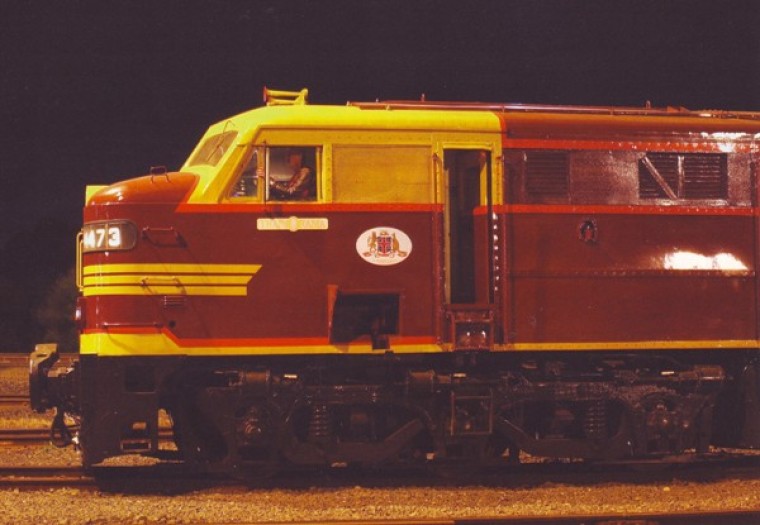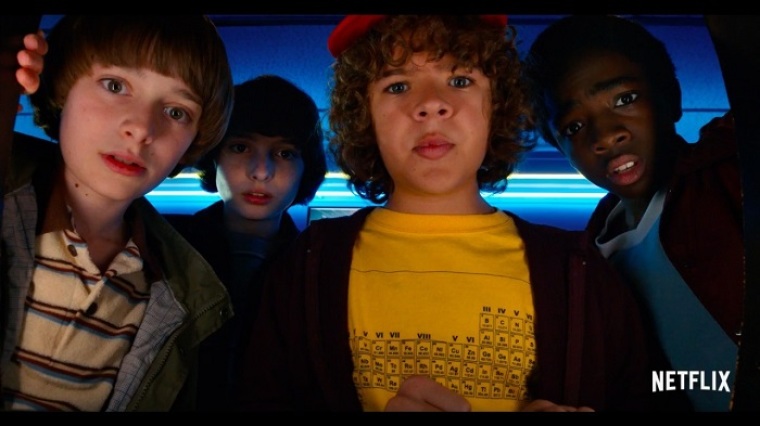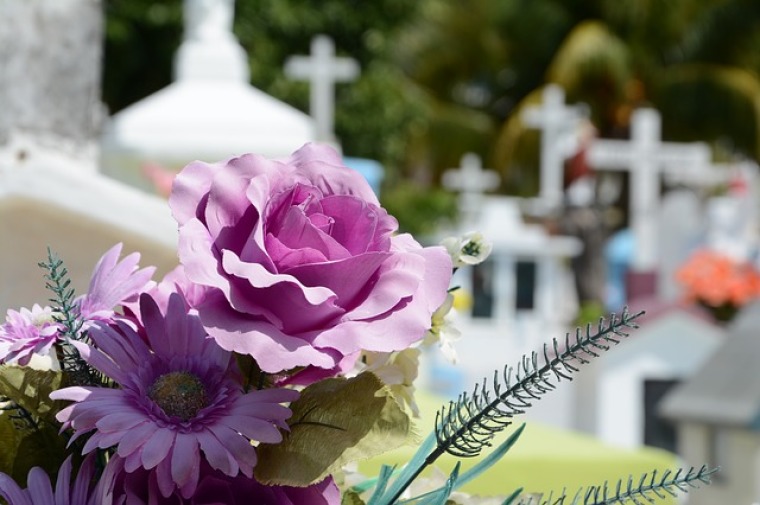

For many rail enthusiasts, the magic of 'steam' provides the ultimate experience. The celebration of their enjoyment is obvious in the depth, breadth and quantity of literature and multi-media presentations on this topic.
This I can affirm, for in my sixteen books of train drivers' anecdotes, most of the stories written by the train drivers themselves, highlight the days of steam.
But my own private passion was not the steam engine, but the diesel, moreover with the outward designs and colour schemes of the various locomotives.
My favourite colour scheme of all time was the original 'blue' of Queensland diesels, originating from 1953.
"Motive Power" magazine gives these QR specifications for the colour scheme in December / January 2005/06 Issue No.43, page 43:
Blue, Dulux 388-16231; Dark Grey (called Blue Grey) – Taubman's semi-gloss BRP.867; Off White (called Light Grey), Dulux 388-8939; Buff (for lining) – Dulx 388-16230.
Australian Railway Historical Society publications - their Qld 1985 magazine series ran an article on the Sunlander which was originally 'minuted' by QR for both the carriages and new diesels to be 'maroon'. By the time the paint job was undertaken on the new 1200 class diesels, a decision had been made to change it to 'blue'.

Here are three questions.
Who authorised the change to blue ? Someone came up with this astonishingly 'lovely blue'.
Why was the change made?
Apart from the notion of 'corporate colours' (maroon and yellow), why did QR change that 'remarkably beautiful blue' (Sunshine State) in 1992?
Locomotive colour design liveries are like both an art and science, with expert designers who get consulted when a new 'livery' is contemplated. Like all science, this is forever changing as new discoveries are made - what is scientific reality this week is replaced with a new body of evidence next week.

Livery issues
This is then nature of both art and science. Diesels across the nation – with State and private company) have differing colour patterns, and in some cases they change. In my view. It becomes obvious therefore we can hardly rely on the science or art of colour design for lasting and consistent diesel liveries.
The idea of permanence is central to followers of Jesus Christ. The Good Book states that God is the same 'yesterday, today and forever'. That is the sort of reliability Christians are about.
When it says that Jesus Christ died on that cross for our sin and rose again gives us our assurance of Salvation, we can be certain that this central doctrine has not changed and nor will it change.
This is the eternal security that Christians rely on. Moreover the Good Book will still be here when each of us has lived our three-score years and ten or so.
The very nature of the Good Book is that for the person who follows Jesus, it assures certainty, and His followers rejoice in this message.

Dr Mark Tronson is a Baptist minister (retired) who served as the Australian cricket team chaplain for 17 years (2000 ret) and established Life After Cricket in 2001. He was recognised by the Olympic Ministry Medal in 2009 presented by Carl Lewis Olympian of the Century. He mentors young writers and has written 24 books, and enjoys writing. He is married to Delma, with four adult children and grand-children. Dr Tronson writes a daily article for Christian Today Australia (since 2008) and in November 2016 established Christian Today New Zealand.
Mark Tronson's archive of articles can be viewed at http://www.pressserviceinternational.org/mark-tronson.html